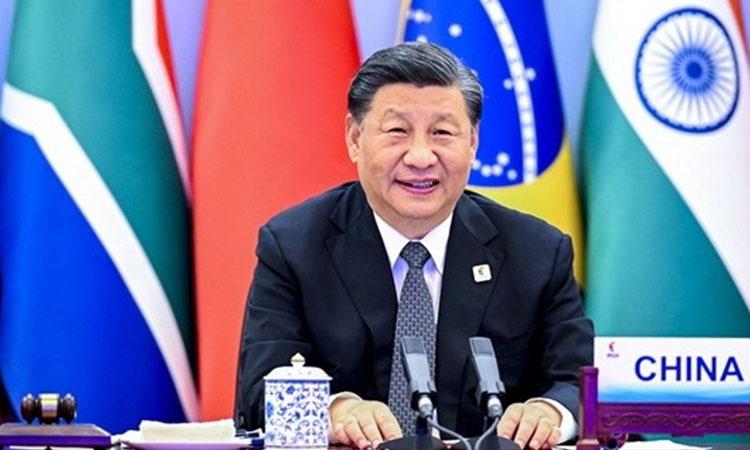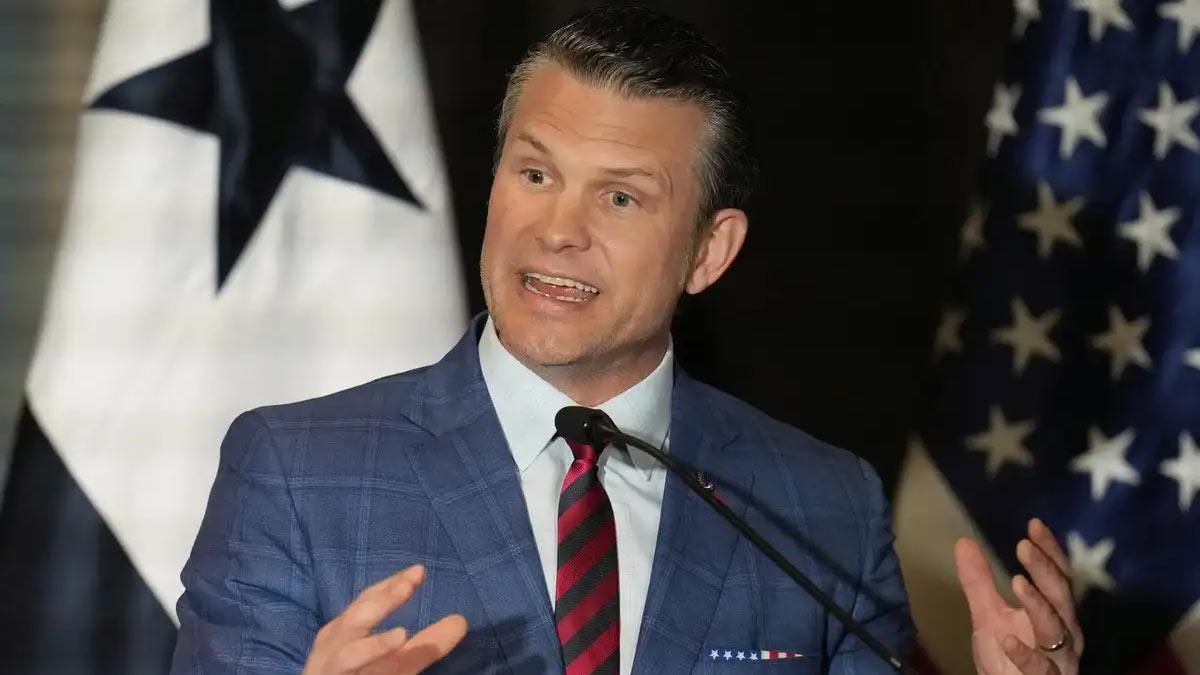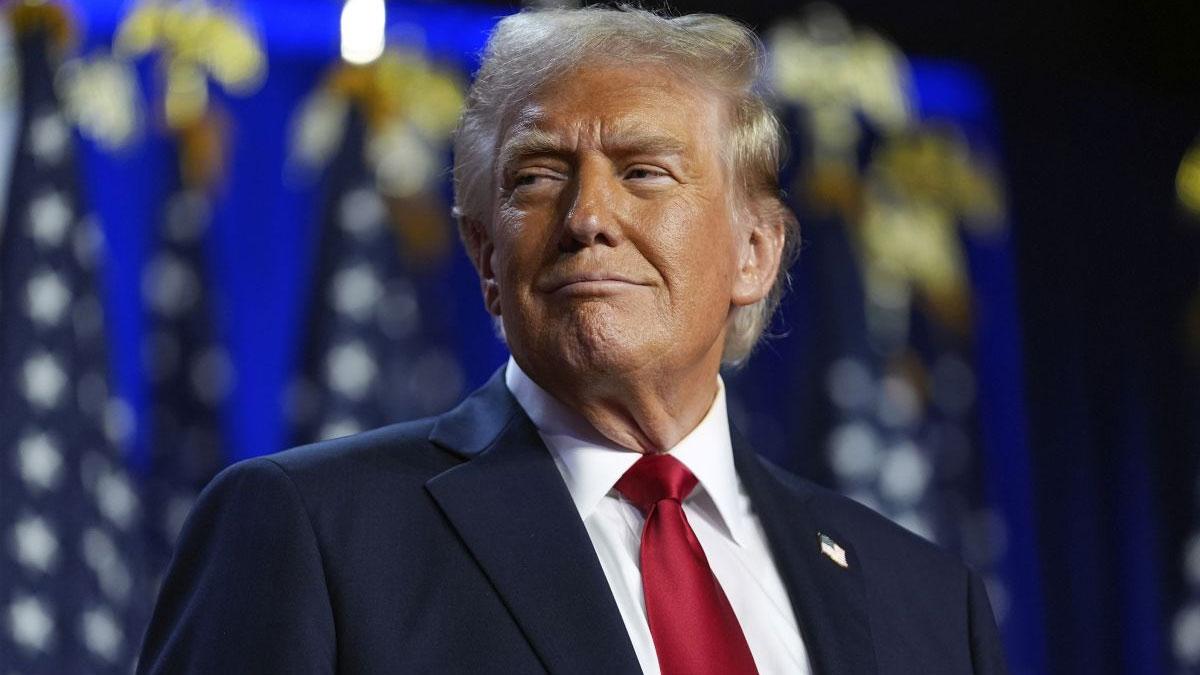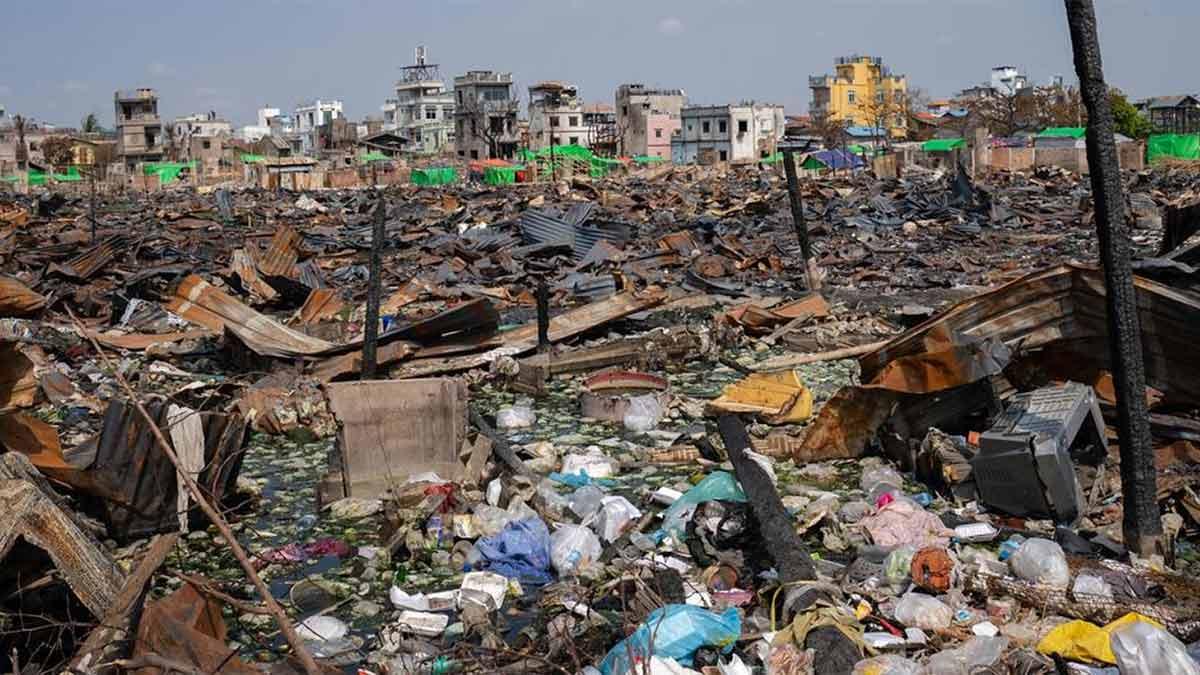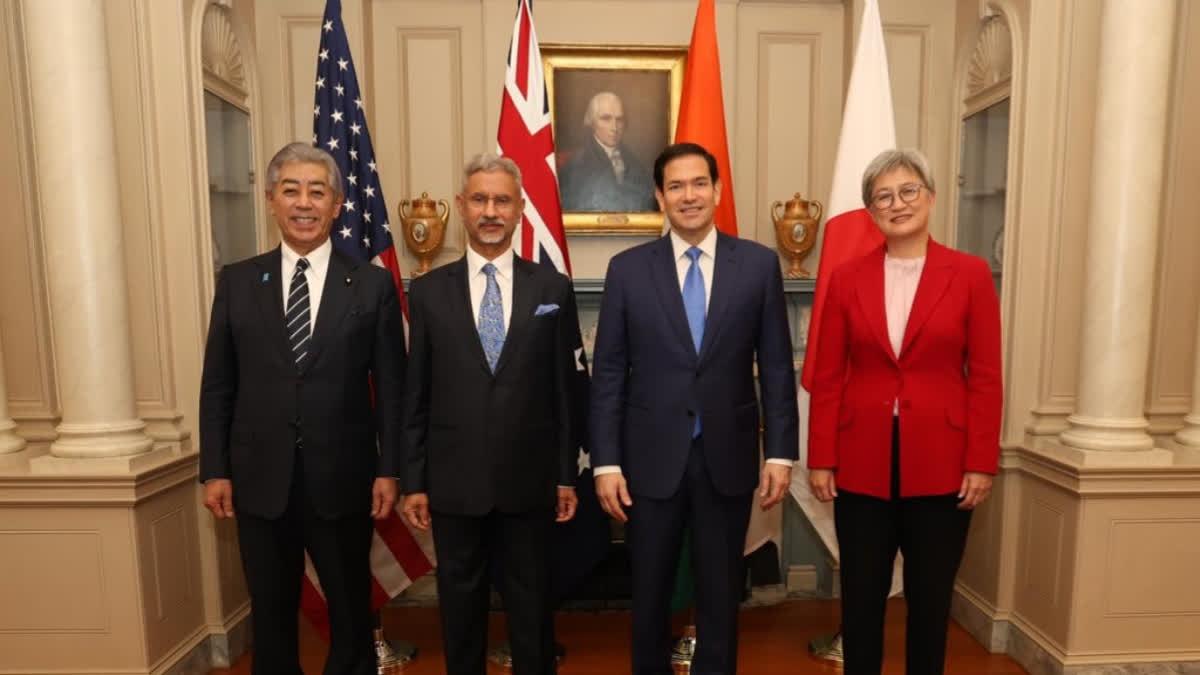Certainly, some critique put him on a par with Deng Xiaoping or even Mao Zedong. Some years ago, Xi Jinping had made a classic statement - "One must build a good cage. If the cage is too loose, or is very good but the door is not closed, and one is free to go in and out, then that is of no use."
Now, the Communists party in China moves on to a new central task -- to achieve the "second centenary goal of building China into a great modern socialist country in all respects and to advance the rejuvenation of the Chinese nation on all fronts through a Chinese path to modernisation.
The mega Chinese goal is tied to the 100th anniversary of the founding of the People's Republic of China -- which would be 2049 -- but Xi has pushed the date for "basically" realizing this goal forward to 2035.
Conveniently, that leaves the door open for Xi to still be in command of the party at the big celebration 13 years from now.
Marxists in once upon a time Red forte Tripura - used to often say the line from a play. The line of the play was of course penned obviously with a pro-Left liberal sentiment:
Also read | Unseen in decades, China's trajectory is shaped by vision and ambition of one man
"Every war or struggle is for power; and power can never do good to anybody".
The economic policy that Xi has put forward contains a similar sort of contradiction.
The central idea of the "dual circulation" policy is that China should increase its trade surplus with the wider world, while simultaneously becoming more dependent on its domestic economy to drive consumption.
Many economists think that this will be a hard balance to manage. But, in a sense, the strategy should not be seen as an exercise in economics but in politics. It mirrors precisely the idea of being highly connected to the world while closed to it physically.
But compared with real openness, it is one that would leave both sides poorer.
"China remains connected to the outside world largely through the virtual environment, in particular social media and video apps. Yet the vision of the world created within the country is very partial. State media pumps out images of the west still devastated by the virus," says an article 'The Guardian'.
China, Xi - And Peace in India's North East
This is one of the most perilous periods in international history. There's something big happening everywhere -- China, Ukraine, Indo Pacific and of course Britain where Liz Truss had the shortest stint ever in history as Prime Minister.
On the last day of Communists Party Congress in China on Saturday, Oct 22, former President Hu Jintao, was 'removed' unceremoniously and by force by so-called 'unnamed Chinese communist agents'.
Both China and the Chinese communists have many admirers in India and also in the northeast closer home as well.
To them New Delhi 'could not be trusted' but Xi Jinping's polity should be applauded.
China is that country which has seen almost 30 years of 9 and 10 per cent of average growth even till fiscal 2016-17.
This was surely an unprecedented performance by any country at the global stage.
Importantly, during this period, around 50 per cent of global growth came from China and India was by default and otherwise part of the beneficiary list.
The drop in Chinese growth rate had impacted global trade and commerce too. In fact, the global trade shrunk as a result of the negative impact on China's own growth graph.
At one time even India benefited and the country's global trade was growing at an average of seven percent a year.
The politics of China and also the other global challenges make a lot of sense even in the neighbourhood.
It would impact now and it impacted regional politics even in the past.
In the context of northeast India, Mon and Tuensang were the battlefields of various ultra groups.
In the eighties, Indian security force reports used to suggest that communist China's help and logistic support was crucial at least for one camp
Even the church lobby was unhappy.
One such internal security analysis had said that the league of western Christian countries led by the US and the United Kingdom were bemused while the Indian jawans reportedly watched from a distance what they called a snake-mongoose fight.
But enough water has flown in river Dhansiri near Dimapur since then. 'Christ' and his principles and values are now a public pledge. 'Nagaland for Christ' - as they put it.
However, it is altogether a different chapter that violence and threats pursue at different levels.
According to the annual report of the Ministry of Home Affairs, 2020, incidents of insurgency in six out of eight northeastern states declined by 80 per cent since 2014 and civilian deaths were down by 99 per cent.
The year 2020 also had recorded the lowest insurgency incidents and casualties among civilians and security forces in the last decades. This was the year of the Galwan valley conflict nevertheless.
But around September 2020, in a retort to Prime Minister Narendra Modi's statement aimed at China that -- the era of expansionism is over -- the rebels also had issued a joint statement saying, as the entire world has made up its mind against expansionism, the people of West Southeast Asia are also countering the expansionism of India.
One must study these statements based on the availability of Chinese-made arms in the Northeast.
In 2020, when it was realised at the Government of India level that the Naga peace talks had been stalled, as expected the apprehension was Chinese hands.
On September 18, 2020, there was a clear setback to all efforts for reconciliation as the NSCN-IM issued a statement from its headquarters saying a separate Naga flag and constitution "must form a part of the Indo-Naga political solution".
Also read | Xi Jinping's art of smart dictatorship with Chinese characteristics
Given the contest, one source had said even during the UPA regime in 2011-12, Chinese agents including a woman posing as a TV journalist reportedly visited the headquarters of the NSCN-IM near Dimapur and held a three-hour-long meeting with top NSCN-IM leaders.
On September 28, 2022, NSCN-IM issued a statement alleging that the government of India has "hindered" the peace parleys.
It also said, "therefore there is an imperative need for third party intervention" in Naga talks.

